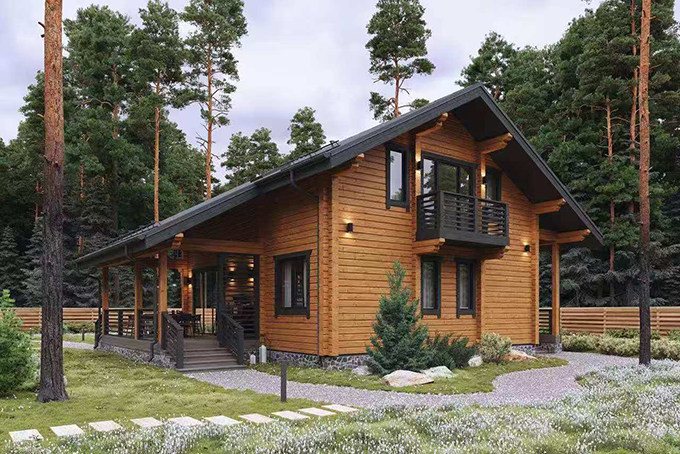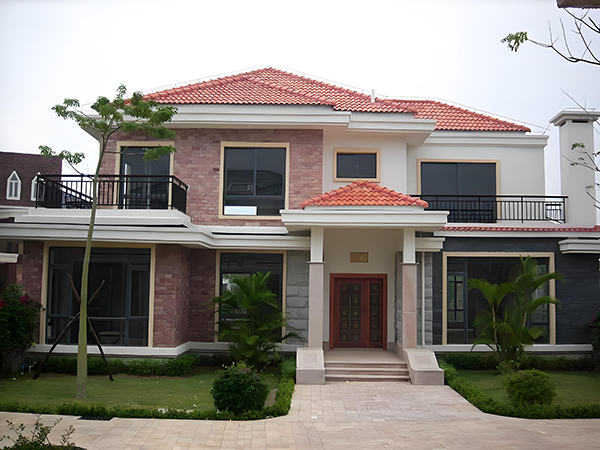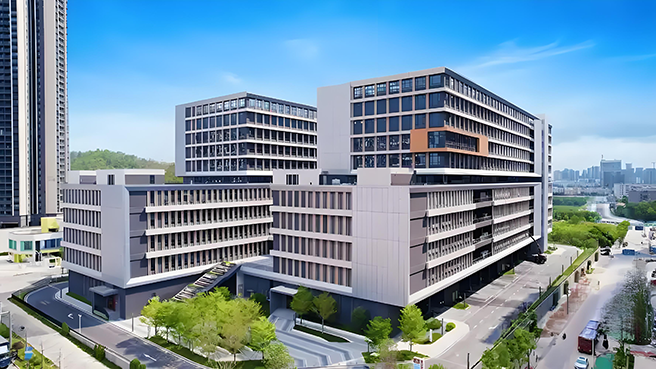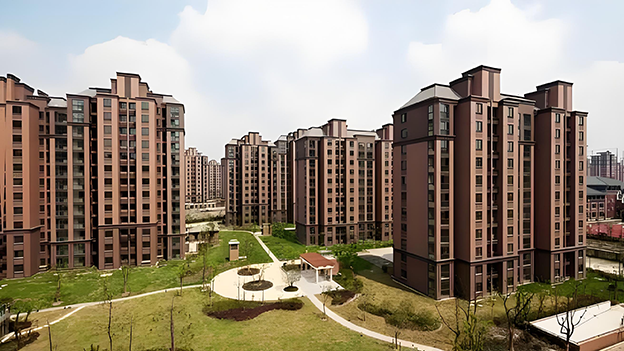导航栏
"QAIT" company has deeply cultivated the urban housing sector, achieving remarkable results in businesses such as affordable housing, commercial housing, industrial premises, and prefabricated houses. In the domestic market, the company undertakes the construction of various types of affordable housing to meet the housing needs of low- and middle-income groups; develops diverse commercial housing, winning the market with quality; constructs industrial premises as needed to promote industrial agglomeration; and explores prefabricated buildings to practice green development. Relying on the experience and technology accumulated domestically, the company has successfully expanded into housing projects in African countries such as Senegal, the Congo, Côte d'Ivoire, and Morocco, providing high-quality housing solutions tailored to local conditions, enhancing its international influence, and contributing to local urban construction and economic development.
1.Urban Housing Overview:
Urban housing mainly includes affordable housing, commercial housing, and industrial premises. Affordable housing is led by the government, providing low-cost or low-rent housing to ensure the living needs of low- and middle-income groups. Commercial housing relies on market supply and demand, with diversified products to boost the economy. Industrial premises are constructed according to production needs, concentrated in parks, and promote industrial development. The three work together to support urban construction.
2.Residential Housing:
(1)Affordable Housing
Nature:
Housing constructed under government leadership or provided with policy support, targeting specific groups and being non-profit.
Type:
Low-rent housing: Provided to the lowest-income groups at extremely low rents, with property rights owned by the government.
Economically affordable housing: Sold to low- and middle-income families at prices lower than the market rate, with limited property rights (trading can only be conducted after meeting the required years or conditions).
Public rental housing (public housing): Targeting low- and middle-income groups, new employed workers, etc., with rents lower than the market price and flexible lease terms.
Housing with shared property rights: The government and the homebuyer share property rights in proportion, and the homebuyer can gradually increase their share of property rights.
Characteristics:
Prices or rents are lower than market levels, emphasizing the social security attribute.
(2)Commodity housing
Nature:
Fully market-oriented operation, invested in and constructed by developers, and openly sold or leased to the public.

Resort Housing
Type:
Ordinary commercial housing: It meets the rigid demand or improved residential needs, such as high-rise residences, garden houses, etc.
High-end residences: Such as villas, large flat-floor apartments, sea-view houses, etc. They focus on location, supporting facilities and quality, and have relatively high prices.
Apartment: It features small-sized units and fine decoration, suitable for singles or young groups, and some are of commercial nature.

Villa
Features:
The price is determined by market supply and demand, the products are diversified, and free transactions are allowed.
(3)Policy-based housing
Nature:
It lies between affordable housing and commercial housing, combining policy support and market attributes.
Type:
Price-limited housing: The government limits the sales price and unit area, and it is intended for eligible middle-income families.
Talent housing: Preferential housing provided to attract talents, such as low-price sales or rentals to talents in specific industries.
3.Industrial and Functional Housing:
(1)Industrial premises
Purpose: Used for industrial production, warehousing, research and development, etc., such as factory buildings, warehouses, and supporting buildings in industrial parks.
Features: Focus on spatial practicality (such as floor height, load-bearing capacity, traffic flow lines), and are mostly located in urban suburbs or industrial parks.

Supporting Buildings in the Park
(2)Commercial and Office Premises
Commercial premises: Used for commercial operations, such as shopping malls, stores, office buildings, hotels, etc.
Office premises: Office spaces for enterprises or institutions, such as office buildings, creative parks, and shared office spaces.
(3)Public Service-type Housing
Purpose: To meet the urban public service needs, such as dormitories for school faculty and staff, supporting housing for hospitals, fire station premises, etc.
Features: Supporting specific public facilities and serving specific occupational groups.
4.Special Type of Housing:
(1)Resettlement Housing
Nature: It is compensatory housing provided by the government for urban demolition households, with prices lower than the market price. Part of it can only be traded after meeting the required number of years.

Affordable Housing
(2)Urban villages and self-built houses
Urban village housing: Housing on rural collective land retained within urban built-up areas, mostly self-built by villagers, with high residential density and lagging supporting facilities.
Self-built houses: Houses constructed by individuals or families on their own homesteads, commonly seen in urban-rural fringes, with restricted property rights (collective land nature).
(3)Rental-type Housing
Long-term rental apartments: Centralized or decentralized rental housing operated by professional institutions, providing standardized decoration and services.
Affordable Rental Housing: Low-rent rental housing guided by the government and operated by the market, aimed at new urban residents and young people.
5.New Housing Models:
(1)Prefabricated Housing
Features: Prefabricated building components (such as walls and floor slabs) are produced in factories and assembled on site, featuring high construction efficiency, environmental protection, and energy conservation.
(2)Green Buildings and Passive Houses
Green Buildings: Housing that meets the standards of energy conservation, water efficiency, and material saving, reducing environmental load.
Passive Houses: Residences that achieve high thermal insulation and low energy consumption through architectural design, relying on natural ventilation and daylighting.
(3)Smart Housing
Features: Integrates intelligent devices (such as smart home systems and energy management systems) to enhance living convenience and security.